Preventive actions involve separate or combined physical, chemical and sometimes biological measures.
It is good practice to focus on physical means for preventing the presence of pests. However, the use of chemical preventative measures is sometimes necessary in certain situations (these are equivalent to “Suppressive chemical control methods”). For example, when an infestation is foreseeable and cannot be avoided or controlled with physical or biological means, the use of preventive spraying (for example with termites, etc.) and/or the application of rodent baits should be enforced.
The following are physical prevention recommendations:
Good hygiene practices
Correctly structured facilities
Correct proofing & modification
Correct storage
Good hygiene practices
This is a general requirement and essential in pest control. It relates to general tidiness and cleanliness, which involves proper preservation and storage of food, clean surfaces, equipment and fixtures along with the removal of edible waste and rubbish as well as their appropriate storage before disposal etc. Such procedures provide fewer places where pests can live, breed and feed. Hygiene should be a major concern before considering any further control tactics and should be improved upon wherever possible. This improvement in turn will act as a catalyst towards a more succesful result. For example, if mice and cockroaches have no alternative food sources due to good hygiene, they are more likely to feed on poisoned baits.


